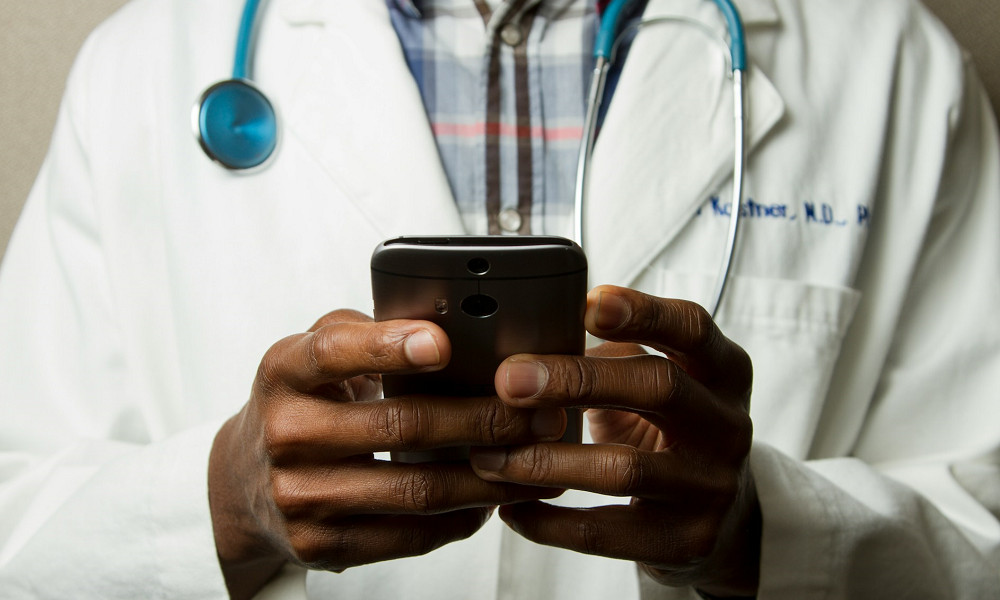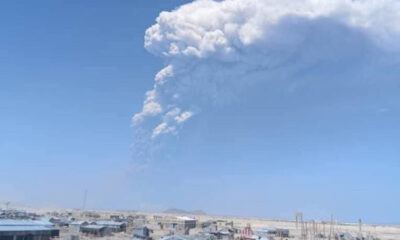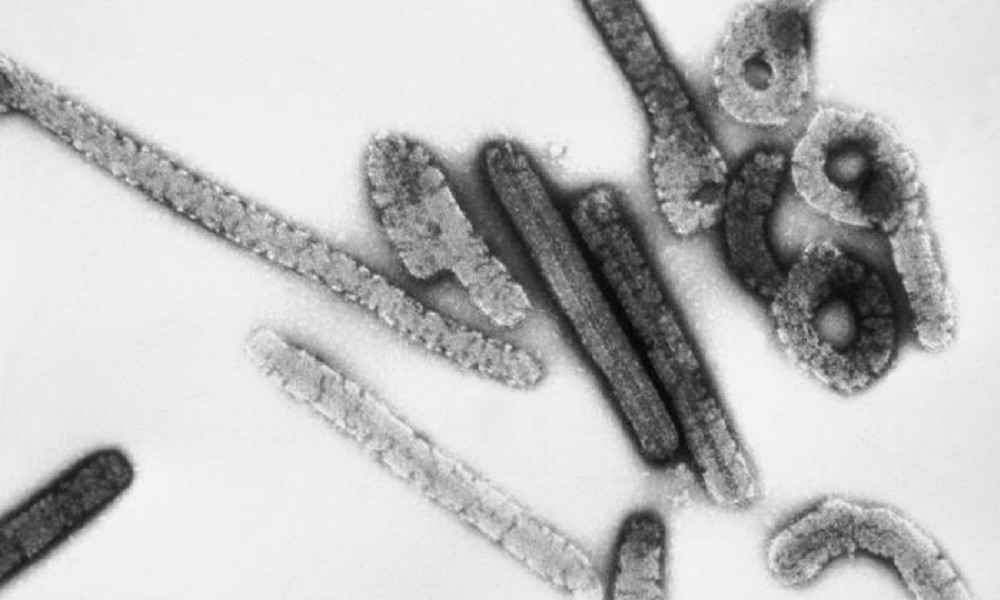Reviews
Real-Time Crisis Management: How Health Tech Saves Lives in Global Emergencies

Imagine this: A hurricane barrels through a coastal town, leaving chaos in its wake. Hospitals are overwhelmed, power is out, and communication lines are down. In the middle of this disaster, healthcare providers face a daunting question: How can they deliver critical care when everything around them is falling apart?
This is where health technology steps up. It might not be the first thing that comes to mind during a crisis, but systems designed to manage patient information and connect care teams can make all the difference. Let’s dive into how health IT (information technology) becomes a lifeline during emergencies.
The Challenge: Chaos in Crisis
When disaster strikes, the last thing anyone wants is a delay. But without the right tools, delays happen. Patient records might be scattered across different hospitals. Providers in the field might not have access to crucial medical histories. And let’s be real, paper files don’t stand a chance in a flood or fire.
Take pandemics, for instance. Remember how the COVID-19 outbreak put healthcare systems around the world to the test? Doctors and nurses worked tirelessly, but the sheer volume of patients and information often slowed things down. It’s not just about treating patients, it’s about having the right info, at the right time, in the right place.
Health IT: A Game-Changer in Emergencies
So, how does health IT step in? Think of it as a digital safety net. These systems collect, store, and share patient information in real-time, which is a fancy way of saying they keep everyone on the same page.
Let’s say a medical team is working in an area hit by a natural disaster. With health IT, they can pull up a patient’s medical history instantly, no waiting, no guessing. Is someone allergic to medication? Is there a pre-existing condition that could complicate treatment? It’s all there, just a click away.
And it’s not just about individual patients. Health IT can track trends, like a sudden rise in respiratory issues after a wildfire. This helps public health officials respond faster and smarter. Pretty cool, right?
Real-Time Benefits: Speed and Smarts
The real magic happens in the moment. Need to send an urgent update to field teams about a disease outbreak? Health IT makes it possible. Want to coordinate care between hospitals and clinics across different regions? Done.
And while these systems are vital in large-scale emergencies, they’re just as crucial for smaller healthcare providers. For example, an EHR for small practices ensures even the smallest clinics can access the same life-saving tools as larger hospitals. This means local providers in disaster zones can pull up patient histories, track treatments, and share critical updates, all without missing a beat.
Lessons from the Frontlines
There are plenty of real-world examples of health IT saving the day. During the Ebola outbreak in West Africa, digital systems helped track the spread of the virus and prioritize resources. In hurricane-hit areas, mobile health units equipped with tech tools ensured patients got timely care despite the destruction around them.
The key takeaway? Preparation and technology go hand in hand. It’s not just about having the tools, it’s about knowing how to use them when the stakes are high.
Looking Ahead: Building a Smarter System
So, what’s next for health IT? For starters, we need systems that can predict emergencies before they happen. Sounds futuristic, but it’s already in the works. Artificial intelligence is being used to analyze patterns and identify potential outbreaks or disaster hotspots.
We also need better global collaboration. Emergencies don’t stop at borders, and neither should our response. Imagine a world where health systems around the globe share information seamlessly. The potential is huge.
Wrapping It Up
The next time you see news of a disaster, think about all the moving parts working to save lives. Health IT might not grab the headlines, but it’s a behind-the-scenes hero that keeps things running when everything else seems to be falling apart.
And who knows? Maybe the next big innovation in health tech will make crises even easier to manage. Until then, one thing’s clear: technology isn’t just changing healthcare, it’s saving lives when it matters most.

-

 World1 week ago
World1 week agoEthiopian volcano erupts for first time in thousands of years
-

 Health2 days ago
Health2 days ago8 kittens die of H5N1 bird flu in the Netherlands
-

 Legal7 days ago
Legal7 days agoUtah Amber Alert: Jessika Francisco abducted by sex offender in Ogden
-

 US News6 days ago
US News6 days agoExplosion destroys home in Oakland, Maine; at least 1 injured
-

 Health7 days ago
Health7 days agoMexico’s September human bird flu case confirmed as H5N2
-

 Legal3 days ago
Legal3 days ago15 people shot, 4 killed, at birthday party in Stockton, California
-

 World7 days ago
World7 days agoWoman killed, man seriously injured in shark attack on Australia’s NSW coast
-

 Health6 days ago
Health6 days agoMarburg outbreak in Ethiopia rises to 12 cases and 8 deaths




